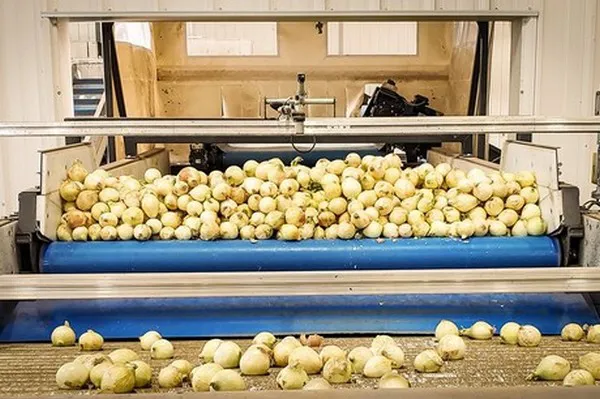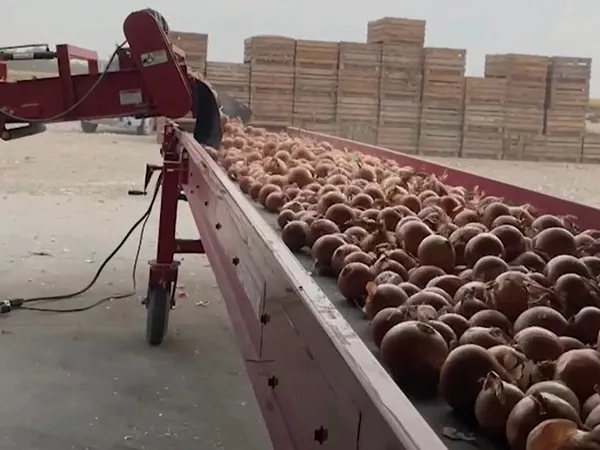Prices on onions are holding or pushing up.
Tighter supplies have led to stronger pricing on onions and higher freight rates also factor into that pricing. “We’re paying 100-120 percent more over December 1 pricing on freight, which was already up 70 percent higher than pre-COVID,” says Shay Myers of Parma, ID-based Owyhee Produce.
He notes in a recent video (see below) that pricing on super colossals are between $22-$23 while colossal pricing is $19-$20 but closer to $19. Jumbo yellows are $17-$18. “Mediums continue to be way softer and much cheaper than I expected. You’ll find them to be at about $8. They should be $10-$12, just based on the availability of what’s out there,” says Myers.
Red onions are in tightest supply. “It’s the lowest supply available in many, many years. We’ve had pricing as high as $20 on jumbo reds, $17 on medium reds. That pricing will continue to increase from now through April,” he says.
Pressure on white onions coming
On white onions, pricing is at $19 and $17. “You’re going to see that pricing increase a bit over the next few weeks as well. But there will be pressure from Mexico on those prices may come down,” he says.
Supplies from Mexico should come in three to five weeks. “And if so, you’ll see FOB pricing out of the Northwest come down in that 40-50 percent range. However if there are any hiccups out of Mexico, you’ll see an adjustment on FOBs from the Northwest.” Hiccups could include weather events such as rain. “If they introduce water into that already humid environment, drying those onions is a significant undertaking and they don’t have the drying rooms to dry those onions appropriately so they can end up with surface mold,” Myers notes.
Other growing regions will come on further down the road, notably Texas at the end of March and California’s Imperial Valley region at the beginning of May.

Demand to slow down
As for demand, for onions, it is about to shift. “Typically we have a significant amount of demand that comes off the holiday. The shelves run bare and everyone has to catch back up. That’s been exaggerated,” Myers says. “It’s going to take longer for folks to catch up and then at the end of January and the first two or three weeks of February, we’ll see some of the slowest volume in overall shipments. February is the slowest month of the year.”
Meanwhile freight challenges continue. “We are not finding trucks to cover our freight. It’s incredibly hard to find trucks to meet the demand of our customers,” he says noting it is exploring alternative methods of transportation to ship onions such as rail. “Rail is a real option for niche customers. I don’t see that working for retailers though. You can’t get retail quality when it takes three weeks to make a delivery. However it does take some pressure off the trucking market.”
Recent weather events across North America also continue to strain an already stressed logistics system. “There was first driver pay which gave the drivers the ability to take a bit more time off than they normally do. On top of that you had terrible conditions--road closures, especially in the Northwest. That just added to the problem,” says Myers.

 For more information:
For more information:
Shay Myers
Owyhee Produce
Tel: +1-541-610-0410
shay@owyheeproduce.com
https://www.owyheeproduce.com/
